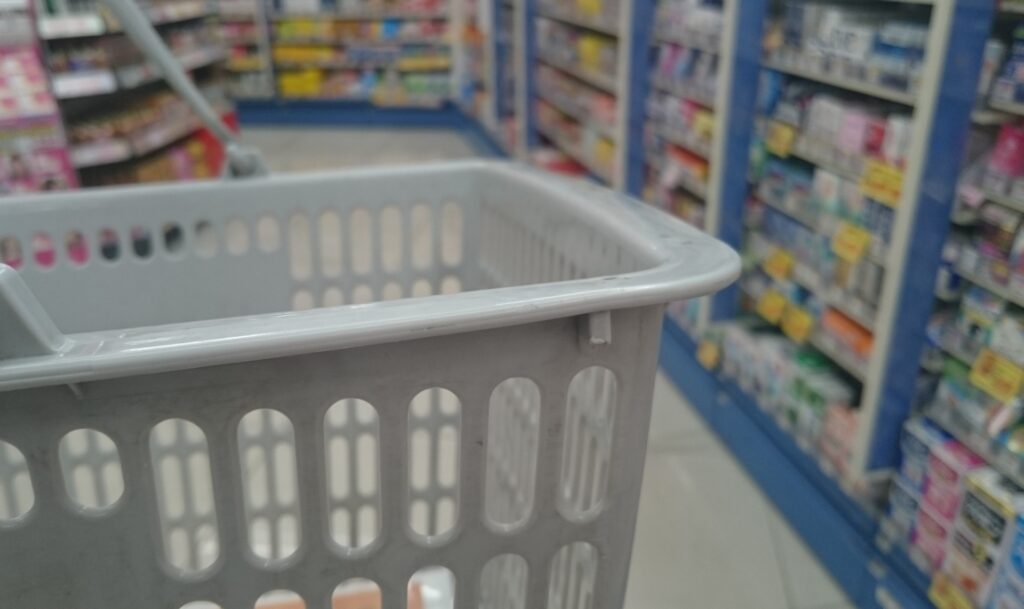花粉症とプールの関係
ドイツで行われた研究によると、プールで頻繁に泳いでいた児童は、後に花粉症に悩まされる可能性が高くなるらしい。
プールに使用される塩素化合物は、泳者の尿や汗の混じった水を殺菌する。ところがその一方で水面で有毒なガスを揮発させるため、酸素が運ばれるデリケートな肺の上皮組織を傷めてしまうのだ。このような刺激を上皮組織が慢性的に受けると様々なアレルギー性疾患の原因となることが、これまでの研究によって判明している。
今回の研究では、35歳から74歳までの成人2,606名の、アレルギー性疾患の病歴とプールの使用頻度が、過去に遡って調査された。また、年齢や性別、居住地域、学歴、喫煙歴、アレルギー性疾患以外の病歴なども考慮され、細かい分析が行なわれた。その結果、学童時代に頻繁にプールに通っていた経験があった者は、花粉症を発症する確率が通常より74%も高くなることが分かったのである。
この結果を受け、既に一部のプールでは導入されている、極めて少量の塩素を使用、或いは全く塩素を使用しない新しいプール水殺菌方法 を、研究者たちは強く推奨している。
The Association between Chlorinated Pools and Hay Fever
A recent study in Germany has found that frequent swimming pool use of young children is associated with an increased risk of developing hay fever later in life.
Chlorine compounds are used to disinfect swimming pools of the urine and sweat of swimmers. However, at the water’s surface, they produce harmful fumes which damage lung epithelium, a delicate area where oxygen is delivered. Previous studies have shown that chronic irritation of the lung epithelium causes allergic diseases. In particular, the lungs and immune system of babies and young children are more vulnerable to those toxins.
Researchers of the study investigated 2,606 people between ages 35 and 74. When obtaining their information on swimming pool use and occurrence of allergic diseases, the researchers took into account various influences such as age, gender, region, education, smoking habit, and medical history. The amazing finding is that those who were frequently exposed to pools at school age were 74% more likely to develop hay fever.
The researchers strongly recommend other pool-cleaning methods that require little or no chlorine.
REFERENCES
Jeremy Appleton. (Dec. 2006). Pool chlorine exposure raises kids’ allergy risk.
NOW Foods, Retrieved Jan. 4, 2007, From http://www.nowfoods.com
伊藤正男・井村裕夫・高久史麿 『医学書院 医学大辞典』 東京:医学書院, 2003年.






